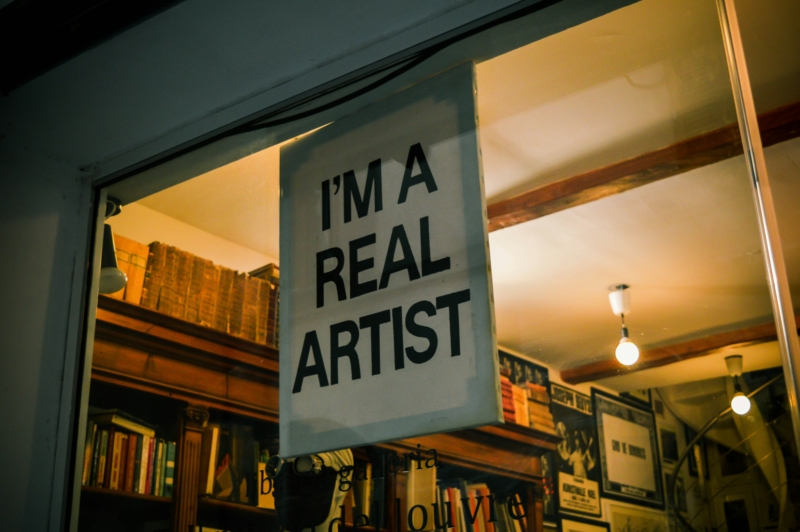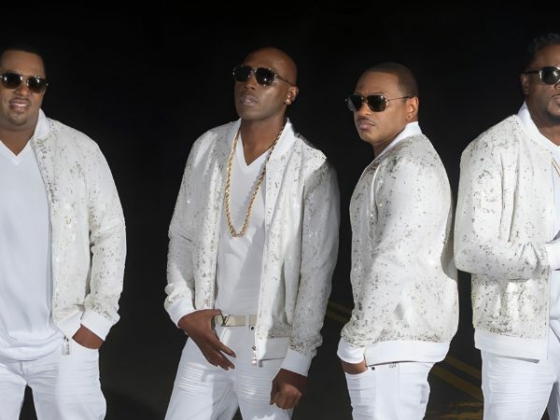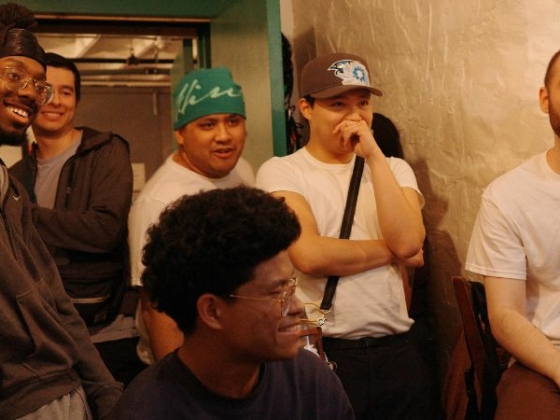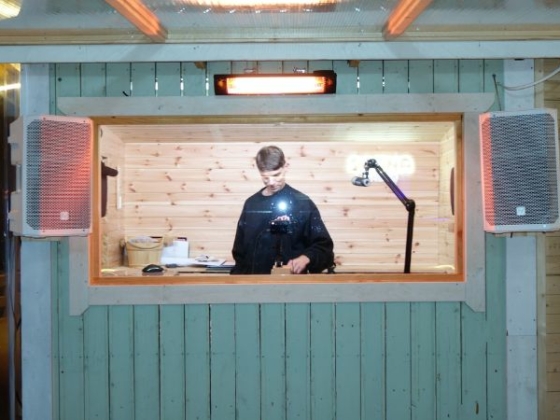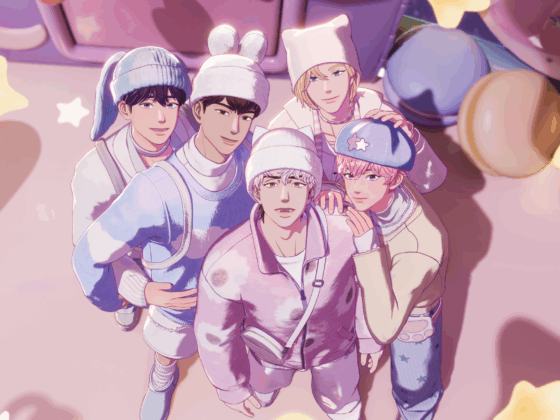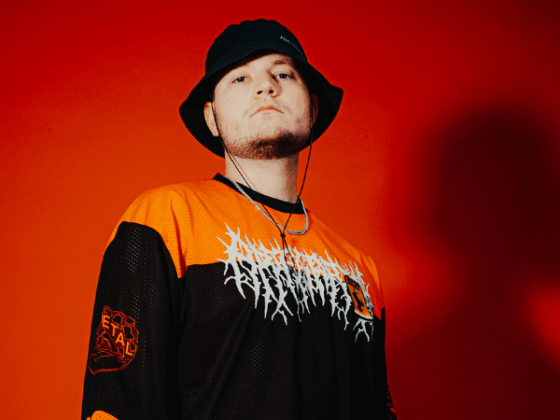Indie artists show that any upcoming artist can succeed outside main record deals. One artist, in particular, has established a global fanbase but raked in millions without signing to a record label. Their story exemplifies the power of digital platforms, marketing, and commitment. This EARMILK exclusive breaks down how they achieved such a feat. Before diving into it, feel free to click the PLAY button on our verified Spotify playlist while you read. Trust me, you will enjoy it.
The Power of Social Media to Create a Dedicated Fan Base
Social media is a lifeline in today's music world, especially for independent artists. This artist knew from the get-go that if she wanted to reach potential listeners, she had to build her online presence. They took to social media, platforms like TikTok, Instagram, and YouTube acting as their virtual stages, on which they prominently streamed behind-the-scenes footage, teasers, and interactive posts that kept fans engaged throughout the filming process. They used a combination of viral challenges and influencer marketing to drive organic growth. Their songs became anthems for the myriad user-generated videos that exploded on social media, resulting in millions of streams, all without traditional radio play or label support.
Owning the Streaming Game
Streaming platforms such as Spotify, Apple Music, and Tidal have overhauled how artists share music. This artist took advantage of playlist placements, optimized metadata, and understood the behind-the-scenes algorithms that boost visibility on these platforms. They uploaded tracks through a digital distribution service rather than through a label that would promote their music for them, so they retained 100% ownership of their royalties. They used pre-save campaigns and direct-to-fan marketing to launch their streams into the stratosphere. One single alone had over 100 million plays, a lot of revenue in layman’s terms, without any record label profit sharing.
Selling Merchandise and Direct-to-Fan Sales
Music sales alone don’t explain how an artist can sustain millions independently. This creator seized the reins of their brand, creating a line of merchandise that sold everything from limited vinyl runs to custom clothes. E-commerce options through Shopify and Teespring enabled them to make a seamless shopping experience for fans worldwide. Scared drops and sometimes exclusive bundles created an urgency that resulted in immediate sellouts. They also incorporated experiences like virtual meet-and-greets and signed memorabilia, reinforcing their fanbase and providing another source of income.
Crowdfunding and Fan Engagement
Crowdfunding was one of the most innovative strategies. Utilizing platforms such as Patreon and Kickstarter, they could engage their fans directly in the creative process. They formed a sustainable income system by bolting cupboard content, once existing songs, and availing you every month, including fans willing to shed time every month. Instead of seeking an advance from a label, which usually comes with restrictive contracts, they asked their audience for financial support. This allowed them the creative freedom they craved and cemented their connection with their most loyal listeners.
Tours and Live Performance
Even in the age of digital music consumption, live performance is still one of the most important ways for artists to make money. That indie artist developed the touring structure and engineered their tours, cutting out the middlemen that labels rely on. They sold out shows in several cities using ticketing platforms such as Eventbrite and Bandsintown. They even used their social media followers to test demand and booked venues only if they were sure to turn a profit. VIP packages and backstage access experiences also became critical parts of their revenue mix.
Partnerships and Sync Deals
This artist took matters into their own hands and signed deals with companies they had an audience with, without a label, to help negotiate and secure brand deals. They sponsored music videos, had their songs used in commercials, and worked with fashion brands; their train of monetizing their influence never stopped. Sync licensing was also huge for their financial success. Their songs were in movies, video games, and TV shows, earning them plenty of passive income. Connecting directly with music supervisors through sync agencies, they landed placements that consistently brought in revenue.
This proves the power of independence in the modern music world. They learned how to use social media, owned their steaming rights, monetized their merchandise, used fan support, toured smartly, and secured sponsorship deals, building financial freedom without being beholden to a record label. Their success shows that an artist with the right strategy doesn’t need a major label to earn millions. They need vision, hard work, and a willingness to seize the reins of their career. And that’s precisely what they did.
Stay tuned to EARMILK for more stories about artists forging a new path in the music business on their terms.

